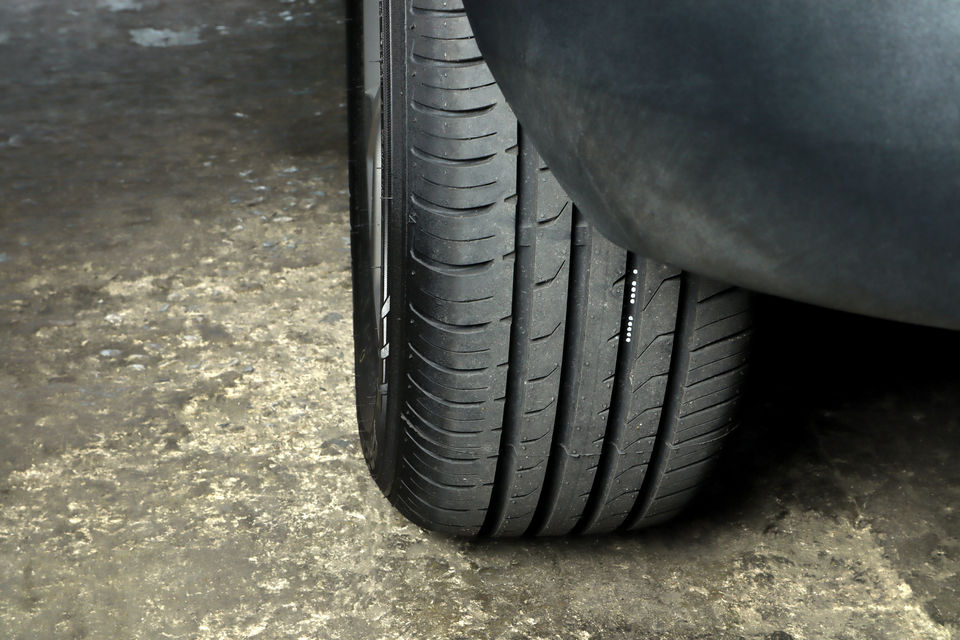
How Long Should Car Tyres Last in Australia?
Car tyres are an essential component of any vehicle, providing the necessary traction and grip on the road. As a car owner in Australia, it is important to understand how long your tyres should last, and what you can do to treat them well and prolong their life.
In this article, we will take a look at the average lifespan of car tyres, factors that can affect their longevity, tips to extend their lifespan, and how to choose the right tyres for your vehicle.
Average Lifespan of Car Tyres
Car tyres don’t have an exact timeframe for how long they should last. However, the experts over at Michelin recommend considering tyre replacement after approximately 5 to 6 years, regardless of the remaining tread depth.
Factors such as exposure to severe weather conditions, visible signs of damage, or tread depth below the legal limit (1.5mm in Australia) are indicators that immediate replacement is necessary.
The distance covered also plays a role in tyre lifespan. On average, car tyres last between 40,000 and 60,000 kilometres. However, this estimate varies depending on road conditions, driving habits, and tyre type.
Factors Affecting Tyre Lifespan
Road Conditions
The condition of the roads you frequently drive on can significantly affect tyre lifespan. Rough, potholed, or gravel roads can cause increased wear and tear, leading to a shorter lifespan for your tyres.
Loading Capacity
Overloading your vehicle beyond their recommended capacity puts extra stress on the tyres, causing them to wear out more quickly. Make sure to adhere to the manufacturer’s guidelines regarding loading capacity.
Driving Habits
Aggressive driving behaviour like sudden braking, hard acceleration, and sharp turns can accelerate tyre wear. Maintaining a smooth and steady driving style can help extend the lifespan of your tyres.
Weather and Climate
Extreme weather conditions, such as intense heat or freezing temperatures, can impact the integrity of your tyres. Prolonged exposure to sunlight can cause the rubber to deteriorate, while cold temperatures can make the rubber brittle.
Tips to Extend Tyre Lifespan
Proper Inflation
Ensure that your tyres are properly inflated according to the manufacturer’s recommendations. Underinflated tyres can increase rolling resistance and lead to premature wear, while overinflated tyres can result in a harsher ride and reduced grip.
Regular Inspections
Regularly inspect your tyres for signs of damage, such as cuts, bulges, or punctures. Also, monitor the tread depth to ensure it remains above the legal limit.
Driving Style
Adopt a smooth and cautious driving style to minimise unnecessary stress on your tyres. Avoid harsh braking, rapid acceleration, and aggressive manoeuvers.
Rotations and Alignments
Regularly rotate your tyres to ensure even wear. Proper wheel alignment can also prevent uneven wear and extend the lifespan of your tyres.
Choosing the Right Tyres
Tyre Type
There are different types of tyres available, including all-season, summer, and winter tyres. Choose the type that suits the prevailing weather conditions in your area.
Tyre Size
Refer to your vehicle’s manual or consult a tyre professional to determine the appropriate tyre size for your car. Using the wrong tyre size can affect handling and safety.
Tyre Brand and Quality
Opt for reputable tyre brands known for their quality and performance. Investing in high-quality tyres can provide better traction, durability, and overall performance.

Louis
I'm Louis, an engineer passionate about helping Australians choose better tyres for their vehicles!
